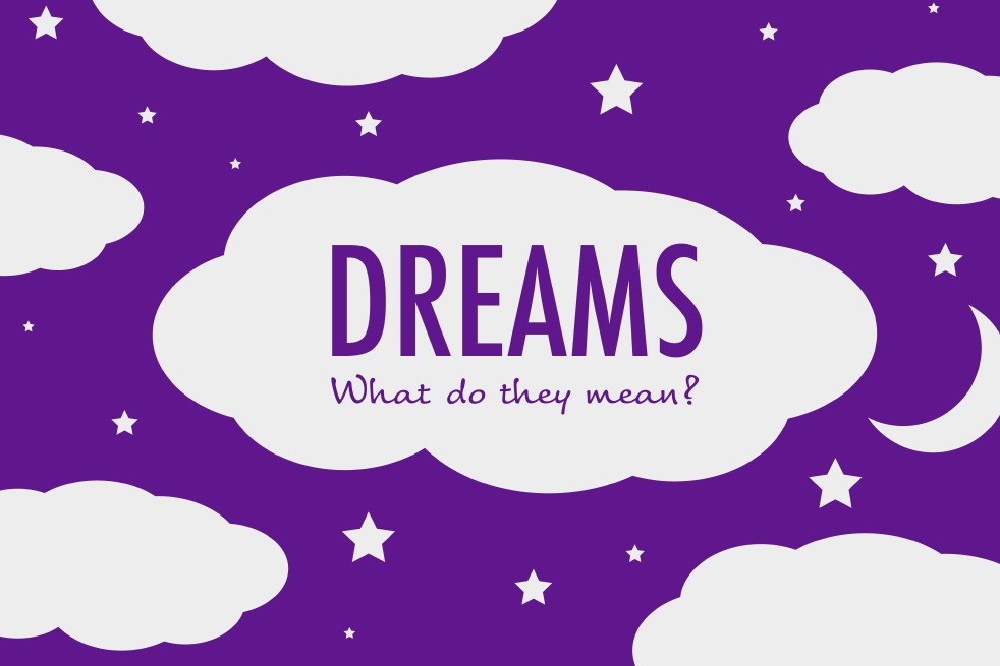By Leah Larwood

Image courtesy of Pixabay
Mindfulness of dream and sleep is an approach developed by leading mindfulness teachers, best-selling authors and dream work experts, Rob Nairn and Charlie Morley. In a nutshell mindfulness of dreams and sleep is about using your different sleep states to harness your potential.
When I first discovered the concept around ten years ago, I was blown away. The thing that I find most exciting is that it’s a self-empowerment tool. Once you’ve learnt the skills, it’s something you can practise for life.
But first things first, what do we mean when we say mindfulness of dream and sleep. How’s that possible? You’re asleep, how can you be mindful while you’re asleep? Firstly, it’s about being mindful while we are dreaming but I’ll come onto that shortly. Secondly, it’s about cultivating awareness just before and after sleep because these sleep states are similar to being in a hypnotic trance, it’s when we’re more susceptible to suggestion.
Working with Sleep States to Boost Insight
The hypnogogic state is the first key sleep state that you can work with, the moment just before sleep, which often includes sensations of floating, falling or spinning. Then there’s the hypnopompic, that broad and refined state you experience just as you are surfacing from sleep. During both these states it’s said to be a really powerful place to use affirmations, mantras and to focus on a question you have on your mind: What should I do next? What career path should I choose? Should I move house?
Often, you can find wisdom in these states about anything that you’re puzzling over – it’s a space of insight and you might feel, hear or see dream-like imagery to signpost you or you might even slip into a dream and the dream may reveal the answer. Remember, you know you best, the answer is inside you but our conscious mind isn’t always aware of what we need to do next.
Working with Dreams to Heal
And in between both of these sleep states, when our body is fast asleep, that’s where we have a lucid dream. So what actually is lucid dreaming? Lucid dreaming isn’t when you have really vivid dreams, it’s when you are aware that you are dreaming. When this happens, you’re able to participate in your dream and have some sort of conscious involvement or gentle influence over the content of your dream.
Lucid dreaming is basically a window into your subconscious mind and an opportunity to connect with a deeper resource within you. It’s effectively a tool to improve your wellbeing.
My teacher, Charlie Morley uses a great analogy which was first used by Freud: Think of an iceberg, the top 10% floating above water is our conscious mind and the bottom part the 90%, hiding under the water is the unconscious mind. There’s so much more we can tap into, whether your motivation is to use your inner well to induce your creativity, learn how to surf or to overcome a fear such as public speaking.
Lucid Dreaming
For me, the most fascinating of the three states is the lucid state. This is effectively a dream where you are aware that you are dreaming, and you’re able to exert some gentle influence. However, lucid dreaming isn’t a new thing. It’s something that has been practised by various traditions, cultures, religions for centuries. Humans have been doing this since eternity began yet it’s only been in recent decades that we’ve realised that you can actually do some pretty powerful inner growth work within lucid dreams and within the states of consciousness just before and after sleep - especially when using mindfulness techniques.
Rather excitingly, lucid dreaming is something that can be learnt, even if you’re not currently recalling many of your dreams. Here in the West it was first recognised scientifically by a Dutch psychiatrist named Frederik van Eeden who came up with the term for lucid dreams in 1913. Though it was in the 1970s that lucid dreaming really exploded and various studies validated and delved deeper into the field.
Benefits of Lucid Dreaming
When in a lucid dream state, you can choose to explore your psyche, whether that’s to: Solve problems you’re facing at work, as a tool to help find inspiration on a project, to practise a skill you want to perfect, develop your spiritual path by meeting your teachers or simply just to have fun.
That’s the thing, anything you do within a lucid dream is said to be seven times more powerful than if you were to do the same thing within the waking state. That’s because neural pathways are being laid down and your brain switches to gamma brainwave frequency, which offers the state of ‘feeling blessed’ - a state often experienced by high level meditators, such as monks and nuns.
You have direct access to the epicentre of your psyche and the great thing is, you can learn how to have a lucid dream. You can decide what it is you would like lucid dreaming to help you with, and once in a lucid dream, you can carry out what it is you need to do - whether that’s to explore parts of your psyche you’d like to understand better or just to explore a far-flung tropic beaches of your imagination.
Leah Larwood is a clinical hypnotherapist and a lucid dreaming coach. She runs online workshops for people wanting to learn how to have a lucid dream. She is one of 17 therapists in the UK to recently complete the first-ever training for therapists in mindfulness of dreams and sleep with world-renowned teacher Charlie Morley. More here: www.themoonlab.net
For more on dreams on Female First click HERE

Tagged in dreams

